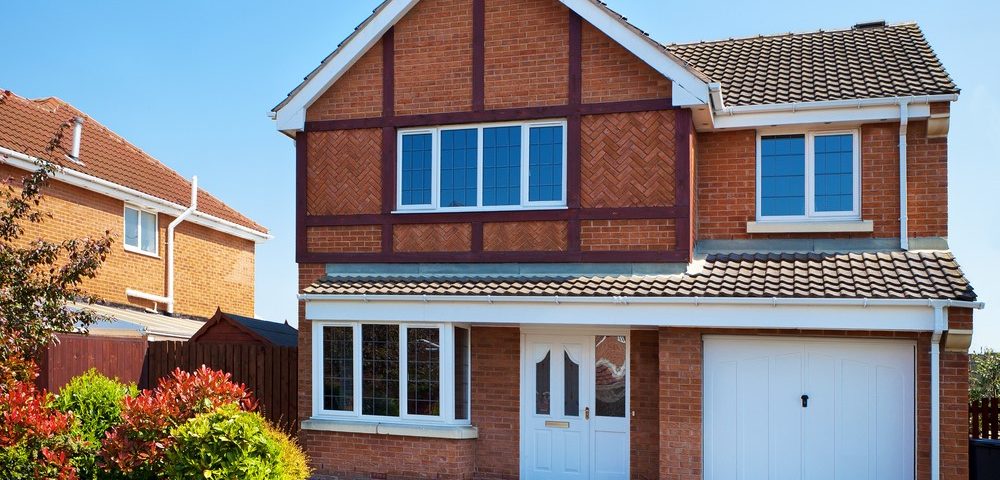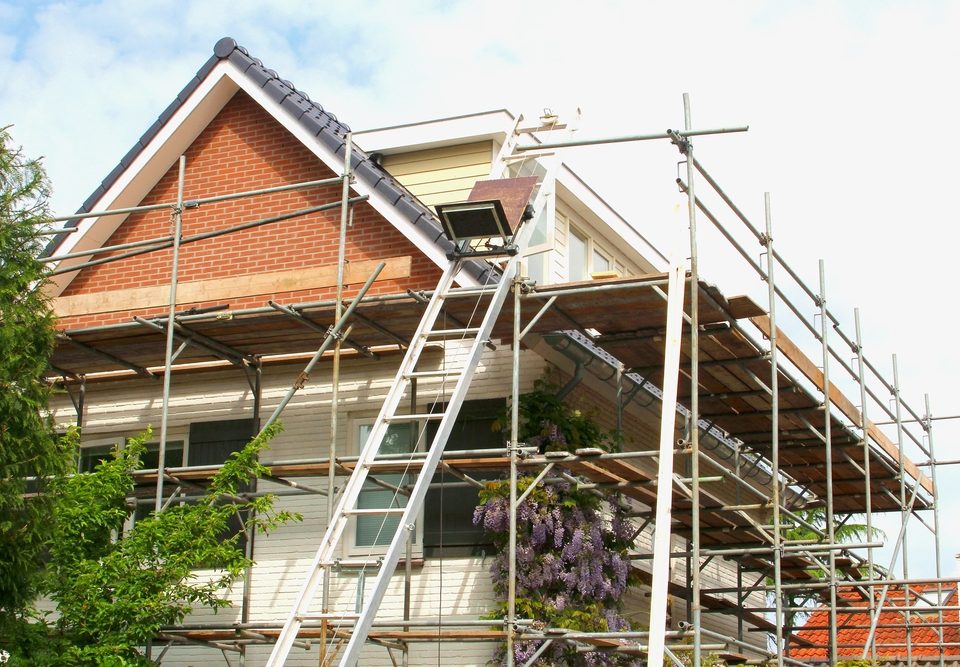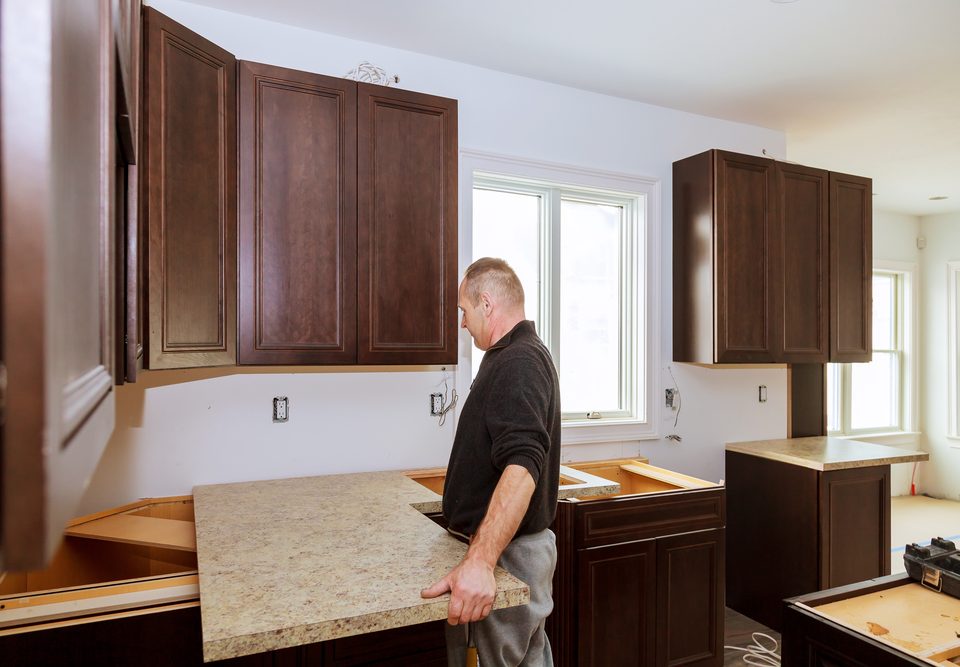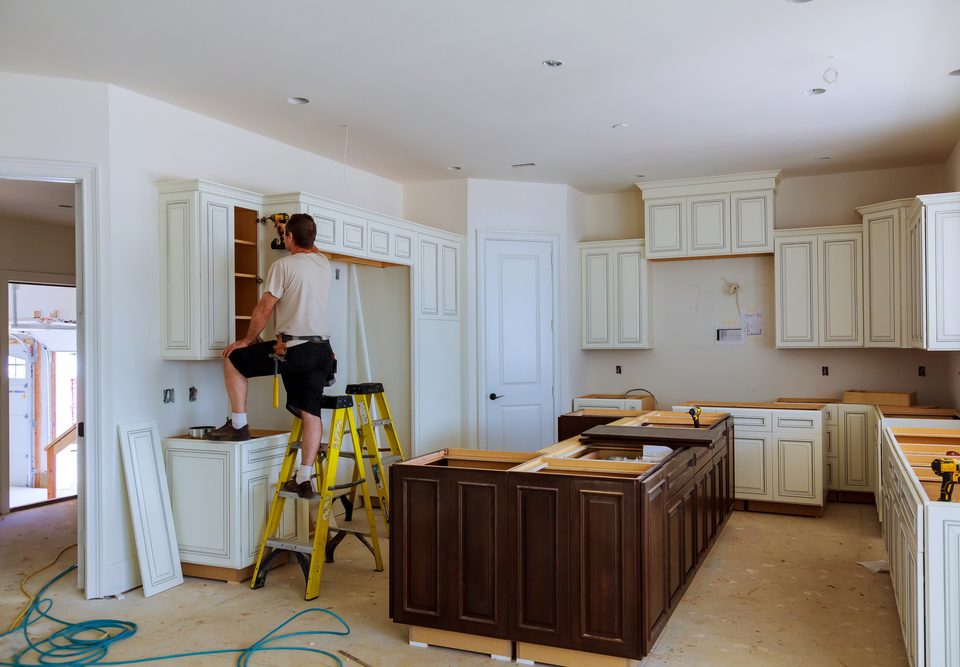- Call Today:
- 0333 358 3991
- myproject@r8e.co.uk
House Renovation: The Complete Guide

The 10 Commandments of House Renovation That Work
January 29, 2019
House Extensions: 21 Things You Need to Know
February 25, 2019House Renovation: The Complete Guide
Are you looking to renovate a house? However romantic and profitable the idea may seem, and as fun as house renovation can be, it is a lengthy and comprehensive process.
Luckily, we have years of experience and have put together an elaborate, step-by-step guide that covers everything you need to know about house renovation. From finding and purchasing the project, all the way through to modernising the heating system and plumbing.
Renovating a house is never straightforward. In House Renovation: The Complete Guide we cover everything, even extending and designing your new home. Hold tight, you’re in for quite the journey.

Finding A Renovation Project
Having an eye for house renovation and being able to spot the potential in an old home takes practice. When looking at property listing sites, there are many ‘houses in need of modernisation or renovation,” but how many of them offer value for money? Is it worth your investment?
The way to find a gem is by assessing the design and financial potential before committing to the project.
Aspects you need to consider include the location, the design possibilities, and the structure of the building.
Be realistic about factors you can’t change.
Any structural problems are somewhat solvable. If there are severe problems with the structure that look like a lot of time and money, rather pass and look for something else.
You’ll need to analyse the project later before deciding, so our advice is to record your viewing. Write down all your thoughts and take a camera with, snapping shots of any stand out issues.
Purchasing a house for Renovation
Due to the fact that viable renovation projects are usually sold at auctions, there is often a premium placed on houses in need of modernisation. This means that you should be in the best position possible financially as it may come down to a bidding war.
If not sold off at an auction, they end up going to best and final offers and that is why you should have a good idea of these processes if you want to win the bid.
Renovating a house doesn’t mean that the only costs you’ll incur are the renovation costs. You’ll need to be aware, and budget for the following fees:
- Reconnection fees – water supply, cleaning out the septic tank, etc.
- Valuation fees
- Council tax
- Planning
- Building Regulations approval
- Surveys
- Structural engineers & Architect drawings
- Legal costs
Ensure you have a contingency fund for unexpected expenses. After all, the unexpected is par for the course when modernising an old house.
Don’t forget about renovation insurance!
When contracts are exchanged on a house renovation project you immediately become responsible for the site. You’ve invested, so insure it!
If you experience challenges such as flooding, looting or fire to your newly purchased property, having insurance means you will be covered, and you won’t need to worry about the project stalling because of a lack of funds.
Renovation insurance should cover the following:
- Employer’s liability
- Cover for building materials and works
- Tools
- Temporary buildings
- The existing structure
- Personal accident cover
- Legal expenses
The cost of renovation insurance is purely based on the value of the works.
How to Design Your New Home
Where to begin? This step can prove quite tricky as it’s usually easier to produce a design for a new house than it is an old one.
There is much to consider, such as natural lighting, space etc. We recommend living in the space for at least a week or two before planning starts so that you can get a feel for what will work and what won’t.

You can always make these decisions on your own, but when it comes to larger-scale overhauls, we recommend consulting a professional. Whether that be an architect, architectural designer, house designer or even a structural engineer, they will be able to provide some good, well-informed solutions for specific problems.
Design should form a big part of your budget, so plan it properly to avoid overspending and making common mistakes.
Rather Restore Original Features
One must be careful not to take too much away from the charm of an old house as this is often what draws people to it – this is what will generate interest.
In the UK especially, the original features of an old house are timeless and invaluable. You know the saying, “They don’t make them like they used to”. This rings true, especially when it comes to the following features of an old home:
- Windows
- Floors
- Doors
- Fireplaces
- Original mouldings
- Roofs
- Timber beams
If they are in poor condition or missing altogether the cost of repair work be cheaper than replacing. If they are beyond repair, consider sympathetic, similar replacements.

Original fireplaces are a major drawcard for renovated house buyers and sometimes a fresh lick of paint and a re-plaster is all you need to restore it.
Structural changes to the interior
In the case of most house renovation projects, some structural change will more than likely be necessary.
There’s no use going at this part of the renovation alone, you will need to consult a structural engineer if you are wanting to extend or change the use of your spaces such as conversions of the basement, garage or loft conversion. This is because some projects will require the knocking down of walls.
Structural changes need to be permitted at the design stage, so makes sure not to diverge from the approved plan.

Structural changes to the exterior
Increasing in popularity are post-war properties that are often cheaper, very spacious and full of natural light. They’re not the most attractive but that is why there is huge potential for external makeovers with this type of property.
Methods for doing this include new cladding, new roofing materials, and window treatments.

You can completely transform a house by re-cladding it. Often, the smaller details are overlooked but can make all the difference. Before you plan on absolutely changing everything on the property, consider replacing or renovating the following features:
- The porch
- Landscaping
- Repainting or replacing the timberwork
- The front door
- The windows
Extending an Old House
When it comes to old houses, there isn’t usually as much space as modern-day home owner’s need.
The following aspects will affect the overall cost of the extension:
- Ground condition
- Site access
- Location
- Proximity of services
- Design
- Size
Structural changes to a property will most likely take up around 60% of your budget, so ensure you have planned properly, consulting professionals where ever necessary.
Every house has a style, reflecting the era it was built in which adds to its appeal. Therefore, the architectural style that the extension takes on is integral to the combined end result. You should only consider an extension if the proportions, details and materials are good enough to make it work practically and aesthetically while not taking too much away from the original look and feel.
Extending period properties with a modern feel are becoming increasingly popular, you just need to ensure that the two styles meet graciously.
(MORE: house extension blog)
The electrics and plumbing
Electrical wiring and plumbing issues are fairly common in older homes. Depending on your needs and the appliances you own, you will probably need to upgrade the wiring to support the appliances, computers, entertainment systems, and other amenities we use today.
The main challenge when it comes to the plumbing installations is fitting the supply and waste pipes. Bear in mind that modern plumbing equipment requires wiring as well. So rewiring and plumbing should take place concurrently.
Updating the pipework normally involves removing the existing system entirely and replacing it with new piping beneath the floorboards and within the walls. Additionally, the central heating system will either be out of date or completely non-existent. This can prove to be quite a costly aspect of house renovation. That is why we recommend considering everything before taking on a project.
Having said that, updating the heating, electrics and plumbing will add substantial end value to the property.
Eco-renovation
The process of improving the energy efficiency of an old home will make it more economical and comfortable to live in – it’ll also add to the end value.
Draught-proofing is one of the cheapest and most efficient methods for saving energy but older homes with single glazing will be more difficult to draught-proof. You should also add wall and loft insulation as this makes a massive difference too. Upgrading the boiler and replacing old radiators will definitely reduce heating bills. Have a professional help you review and install all of this as it can become quite complicated.
Finishing touches
This is arguably the most exciting and enjoyable part! Decorating your renovated house.
Renovating a house is a long process, but when you finally get to decorate it, you’ll feel overwhelmingly gratified. Adding the finishing touches to your house renovation is delicate work, and you’ll need a blank canvas.
This means that the interior walls need to be prepared and painted, wooden floors will need to be sanded, and any woodwork needs to be stripped and finished. Check out these décor trends for some inspiring ideas! Extending your loft conversion is a little bit tricky, so we recommend checking out our loft conversion checklist.
If you’re looking for professional building services in and around Surrey, specifically when renovating a house, call us for a no-obligation quote.




